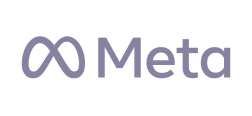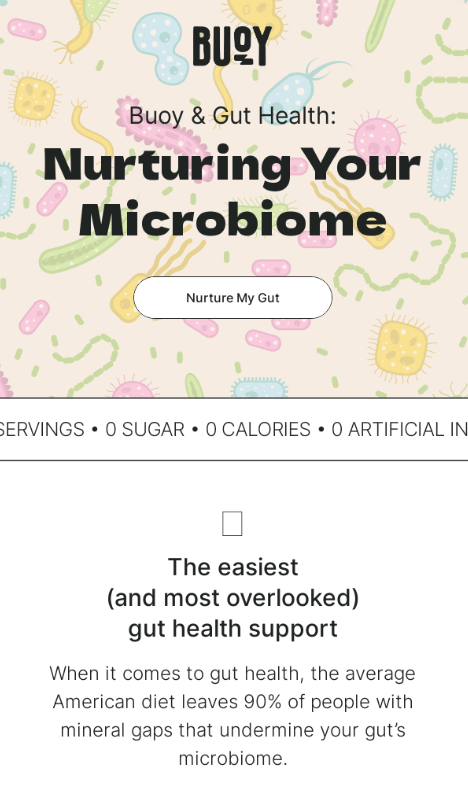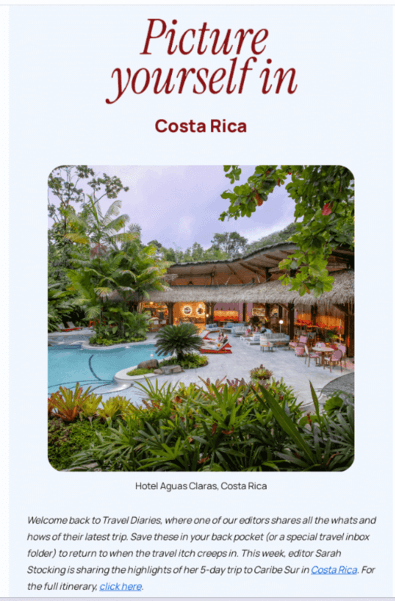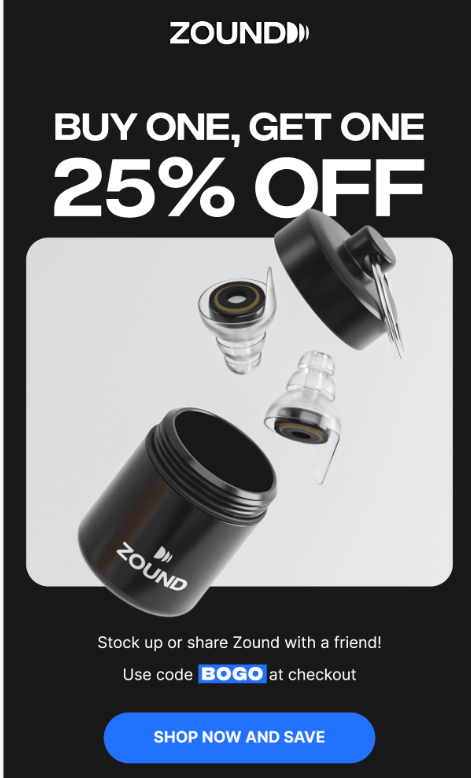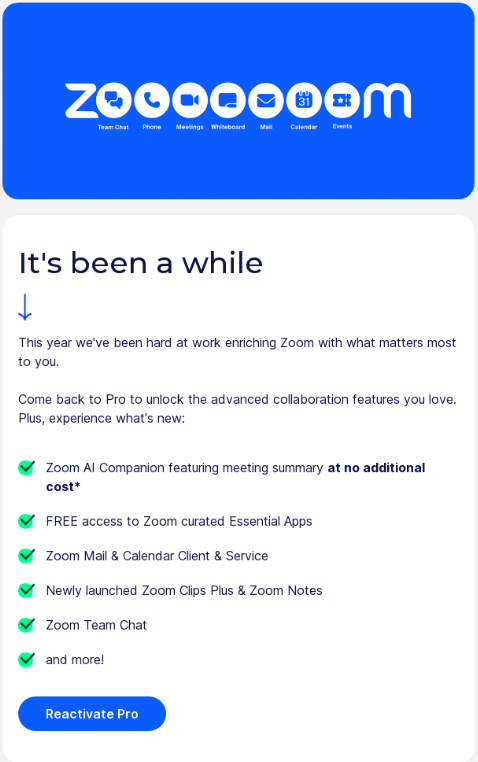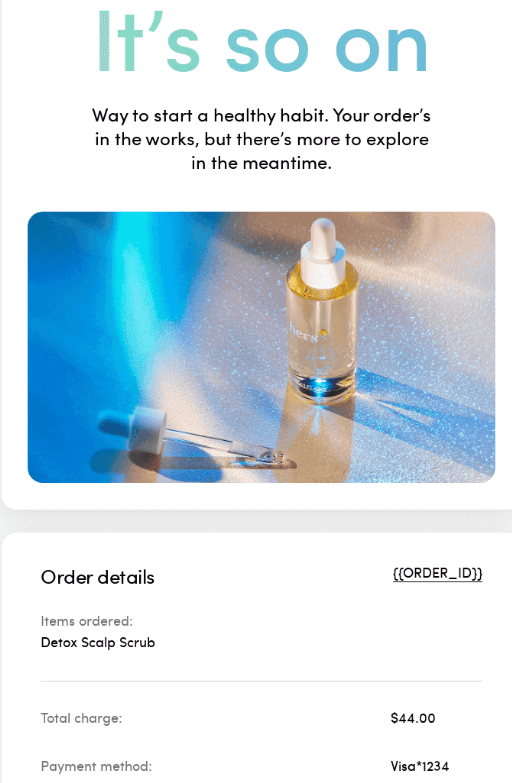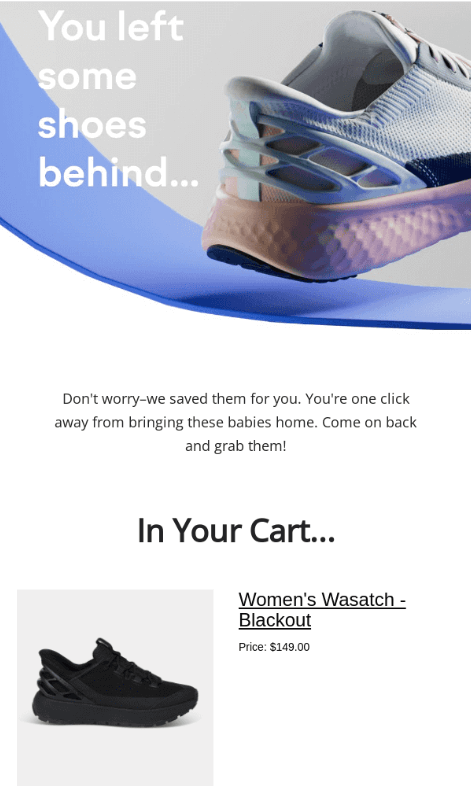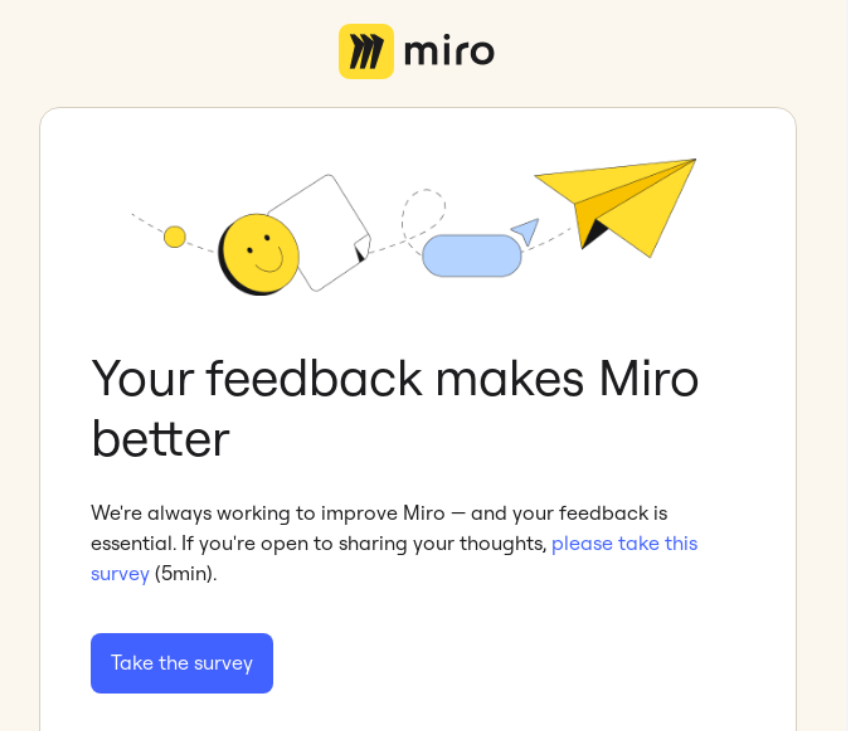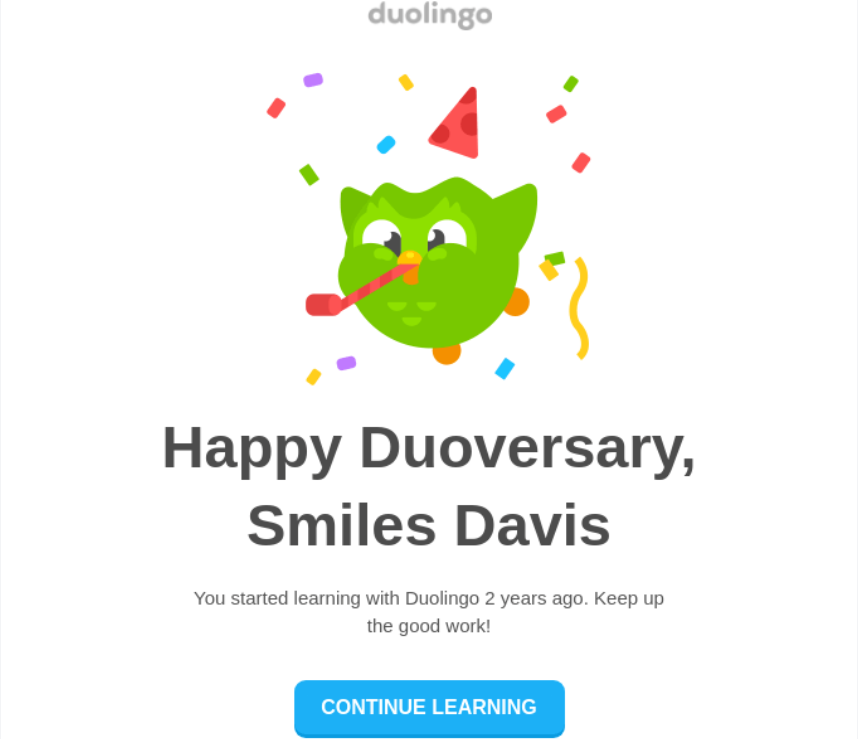9 Types of Email Marketing Campaigns You Should Be Sending
Discover key email marketing campaign types, including welcome, lead-nurturing, and re-engagement emails, to boost audience engagement and conversions.


Discover key email marketing campaign types, including welcome, lead-nurturing, and re-engagement emails, to boost audience engagement and conversions.
Short answer
Welcome emails
Lead-nurturing emails
Newsletter emails
Promotional emails
Re-engagement emails
Confirmation emails
Abandoned cart emails
Survey emails
Milestone celebration emails
Stop losing opportunities to ineffective presentations.
Your new amazing deck is one click away!


